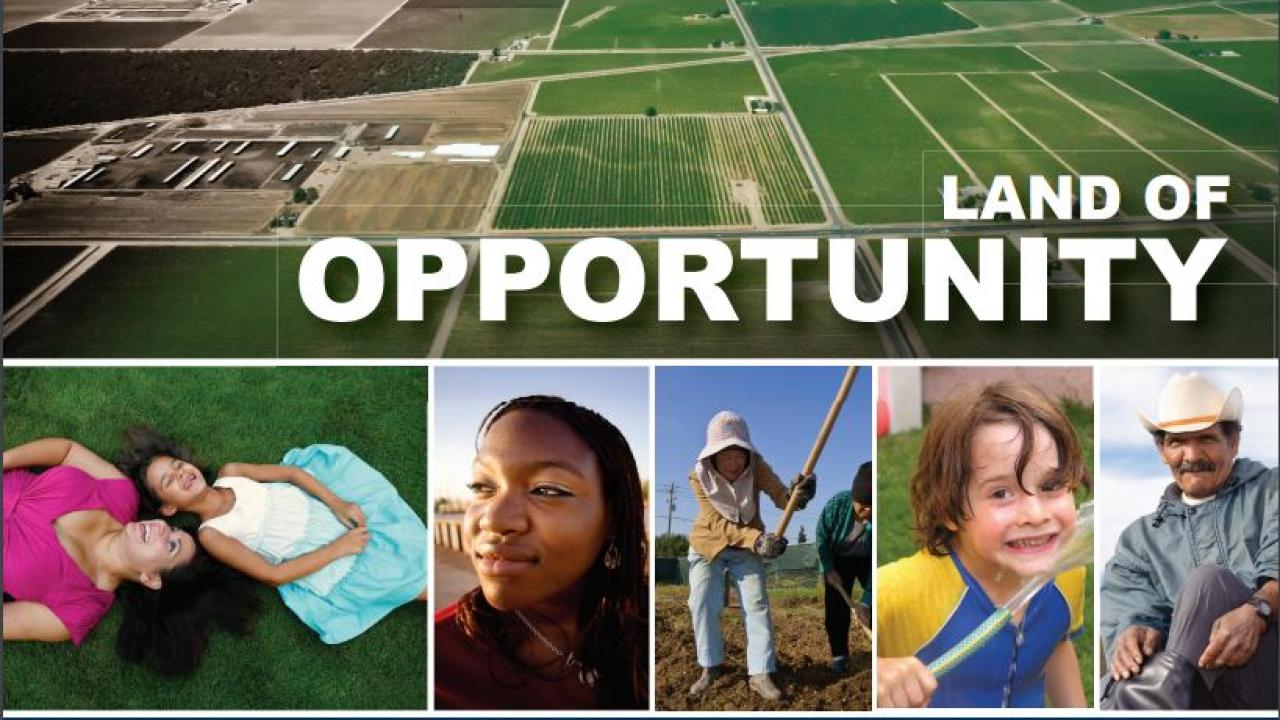
CEVA-San Joaquin Valley
CEVA-San Joaquin Valley
Authors: Jonathan K. London, Ganlin Huang, and Tara Zagofsky
The UC Davis Center for Regional Change has released a path-breaking report, “Land of Risk/ Land of Opportunity” documenting the high levels of environmental and social risks confronting San Joaquin Valley residents. The report uses an innovative new tool, called the Cumulative Environmental Vulnerabilities Assessment (CEVA), to identify the locations and populations within the Valley that are at greatest risk and that require immediate protection.
Using CEVA, CRC researchers documented that the most extreme concentrations of environmental hazards populations tend to be located in communities where the people have the least political, social, and economic resources to prevent or mitigate these risks. Over 1.2 million residents (31% of the region’s total population) live in what the report calls Cumulative Environmental Vulnerability Zones (CEVAZ). The report calls on regional and state policy makers and regulators to focus resources for enforcement, investment, and additional assessment in these communities and to work collaboratively with each other and with local residents to protect community health and well-being.
Links:
- Executive Summary in English
- Executive Summary in Spanish
- Full Report.
- Press Release in English.
- Fact Sheet.
- SJV Cumulative Environmental Assessment Map (CEVA)
- SJV Cumulative Environmental Action Zones Map (CEVAZ)
The analysis presented here is that of the authors and does not necessarily reflect the opinions of other project partners or its funders.
The authors thank the San Joaquin Valley Cumulative Health Impact Project (SJV CHIP) for its partnership.
Funding for the report generously provided by The Ford Foundation through a sub-grant from the Environmental Justice Project of the UC Davis John Muir Institute of the Environment. Additional funding was provided by the William and Flora Hewlett Foundation as well as the Community Forestry and Environmental Partnerships graduate fellowship.
